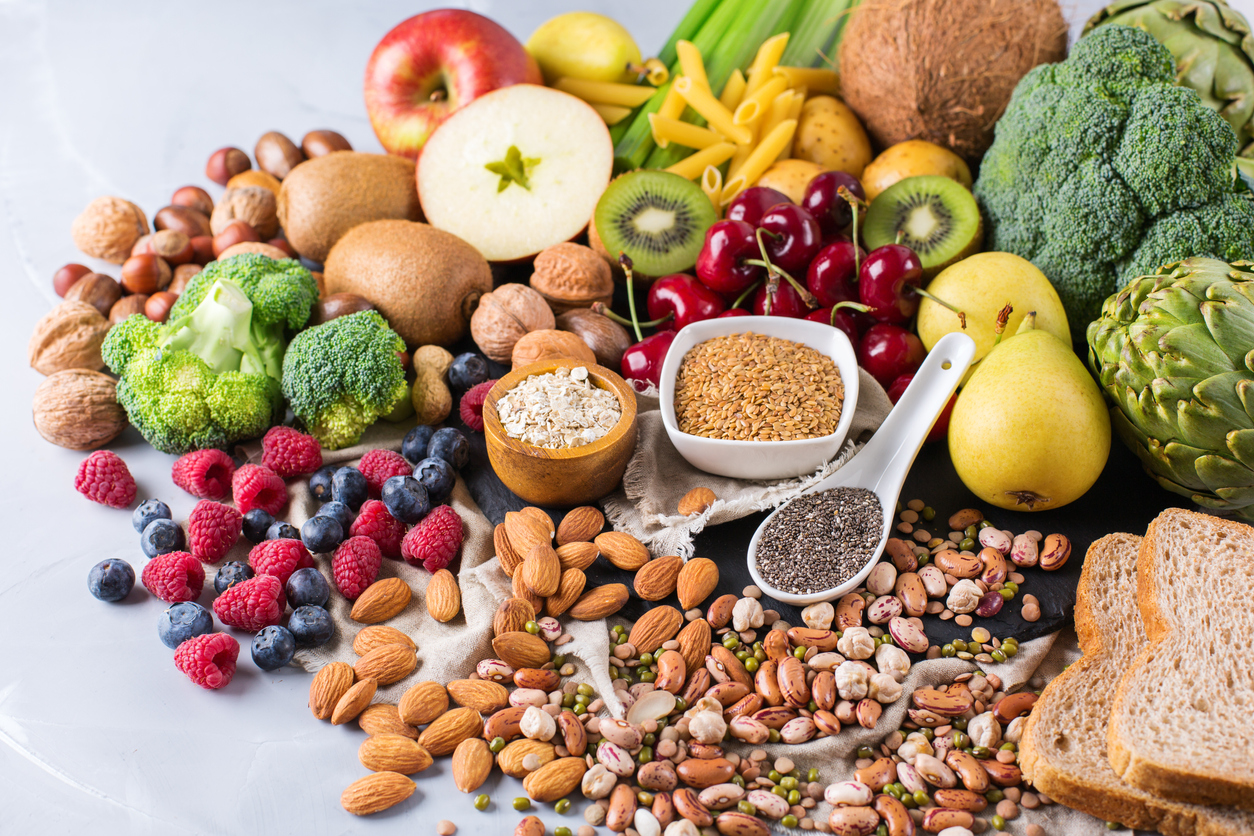For our latest webinar, we were joined by perimenopause dietitian and nutritionist Angelique Clark. She gave us her expert tips and advice on how the right nutrition and exercise can make all the difference during perimenopause and beyond.
Menopause is nothing new, but we are starting to talk about it much more. That’s partly because 100 years ago menopause occurred pretty near the end-of-life expectancy. But today we are living longer and working longer.
We know that 81% of people going through menopause are in the workplace, and 26% of Australia’s workforce are menopause-aged women. 25% are considering leaving work and 10% have left work due to their symptoms, 14% have gone part time and 8% have not applied for promotion.
My background is physique management, and I’m fascinated with the science behind exercise and nutrition. I’ve found that as I’ve got older my intentions have shifted, and I now train and eat to minimise the impact of menopause. The techniques that I’d learned and applied in my younger years can easily translate across.
Once we enter perimenopause, our hormones start to fluctuate, and it can be confusing when you feel disassociated from your body. In a 2019 Swan study of women’s health across the nation, they tracked 1200 women pre and post menopause, looking at lean muscle mass, BMI and weight – so the whole-body composition. They found that at the start of the menopause transition, the rate of fat gain doubled, and the rate of lean mass declined. This trend continued until about two years after their final period. So we know we might struggle a bit more during these years and can take some preventative measures to help.
It’s important to note that weight is not a great marker of success. If you drop lean muscle mass and increase fat mass your weight won’t really change that much.
Waist over weight
I also want to emphasise the importance of ‘waist over weight’. We put on a particular type of weight over our menopausal years called visceral adipose tissue. This fat sits in and around our organs and contributes to insulin resistance, which affects how we metabolise food, in particular carbohydrates. When people talk about weight loss and fat, they’re usually referring to subcutaneous fat, which sits between the skin and the muscle layer. This type of fat can be managed with exercise and nutrition, but it’s the visceral fat we really need to be looking at.
A waist measurement under 88cm indicates a reduced risk of disease, while under 80cm is the lowest risk, so this is what we’re aiming for. Menopause hormone therapy (MHT) won’t help you to lose weight, but it can help with the distribution of fat. While our estrogen levels are declining our follicle stimulating hormone (FSH) is still rising, which is when we can start to see the difference in our visceral and abdominal fat. Often our activity levels drop too – we work more and have more demands on our time in midlife, and we can become more sedentary.
Perimenopause is the most opportune window for lifestyle intervention. We need to start taking exercise and nutrition more seriously than to just lose weight. This will be a by-product but can also help reduce the risk of things like cardiovascular disease and osteoporosis.
Focus on gut health
As well as hormonal changes, we can see changes to our gut health during menopause. Our gut (micro)biome is the pinnacle to everything in terms of digestion, immunity, and health. We have some amazing bugs in our gut which protect us, as well as some not so amazing ones we want to keep out in order to keep us healthy.
A rich diverse microbiome is needed to attenuate the impact menopause and age has on our gut. Our gut and brain are intimately connected through the vagus nerve, so changes in food can literally affect our mood and ability to absorb essential nutrients from our diet.
Energy balance equation
The fitness and diet industries have told you to simply exercise more and don’t eat as much and you’ll lose weight. But the food you choose to eat is not often just based on whether you are hungry, it is impacted by appetite, environment, metabolism, energy, palatability, sleep, hormones – a whole swathe of things! By the same token, the energy you burn is not just a result of sweating it out at the gym but is impacted by the types of food you eat and how it is digested, how sedentary you are in your daily movement and how much your major organs need to keep running and keeping you alive – so the equation isn’t quite so simple.
It’s often tempting to severely reduce your calorie intake and join a boot camp to ramp up your exercise. But the consequence of going full throttle is you end up tired and hungry, and you slow everything down. You don’t feel like taking the stairs and can’t be bothered cooking. If you are not fueling yourself enough to survive day to day, you are trying to pour from an empty cup.
Rather than looking at what more you need to eliminate from your diet, we need to reframe your nutrition to be inclusive of what you need to put in to perform in perimenopause.
Fibre fuelled
Fibre is key, aim for 25-35g a day, with a diversity of plant-based foods. Aim for 30 different plant foods per week, including fruit and veg, nuts, seeds, legumes and wholegrains, when you increase soluble fibre you can lower cholesterol. Try to get 300g of cruciferous veg found in sprouts, broccoli, kale or cabbage, which can also help estrogen balance, reduce hot flushes and night sweats. You can even reduce the risk of heart attack and stroke.
Polyphenols
Diets rich in plant polyphenols offer protection against oxidative stress and the development of cancer. Foods that are high in polyphenols are deep red, purple and blue-coloured fruit and veg. The good news is you also find it in dark chocolate with more than 70% cacao.
Carbs
A lot of women remove these as they think they increase weight. Carbs do store in muscles and liver with water, so whilst they affect weight, they don’t necessarily increase body fat unless you are exceeding your total energy intake. Consumption of ~160g of wholegrains per day can reduce risk of disease. Try to have them earlier in daylight hours and around exercise. Maximise high fiber carbohydrates such as legumes, corn, potatoes (washed but keep the skin-on!), quinoa, brown or basmati rice, wholemeal or high fibre pasta, and fresh fruit.
Fats
Maximise unsaturated fats and essential omega 3 fats. These fats can help us to absorb vitamin D which helps with bone health and reduce inflammation which eases pain. Look for extra virgin olive oil, avocado, seeds, nuts and fish.
Protein pulses
The natural age-related decline in muscle mass is called sarcopenia. We can lose around 10% of muscle mass through perimenopause.
Protein is broken down into amino acids. It is the building block of our hair, skin and nails, but we cannot store protein so it’s in constant flux over the course of each day. We need high quality protein over the day that contains all our essential amino acids, drip fed in each meal over the day. You can mix it up with animal and plant-based proteins, eggs and dairy. Soy proteins like tofu can also help to reduce cholesterol levels and hot flushes as they contain isoflavones that emit a weak estrogenic effect.
Exercise
In tandem with our nutrition, we need to look prioritise the type of exercise we do. Resistance training is necessary to attenuate the changes in muscle and bone we see occur in perimenopause and keep our bodies ‘youthful.’ The stimulus needs to be challenging. In addition, doing short intensity interval training helps clear blood sugar and reduce risk of insulin resistance.
Micronutrients
If your nutrition is good, you should be getting micronutrients from your macronutrients, but as needs are elevated at midlife and you find yourself busy and time poor, you might consider checking in with key nutrients to support your midlife – magnesium vitamin D, calcium, and iron. If these are deficient, you will notice they impact many symptoms in menopause that could proactively be managed.
Perimenopause is a wonderful time to start considering how to look after our health as we go through menopause and beyond – key changes to nutrition quality and exercise efficiency can help you increase your functionality, optimise your wellbeing and see you thriving.
To improve the lived experience of those going through menopause, and to help everyone be a supportive colleague, partner, friend or family member, education is key. Workplaces can take an education-first approach, talking to their people about what they’re experiencing and what they would like to see in your organisation. Look at what you can do to actively support your workforce, and make it official with a policy, document or toolkit that everyone knows about and can access.
Menopause Friendly Australia works with organisations committed to becoming menopause friendly, guiding them through approaches in key areas of the workplace. Once an organisation meets the rigorous criteria for approval, they will be accredited as Menopause Friendly. Get in touch today to find out how we could help your organisation.



